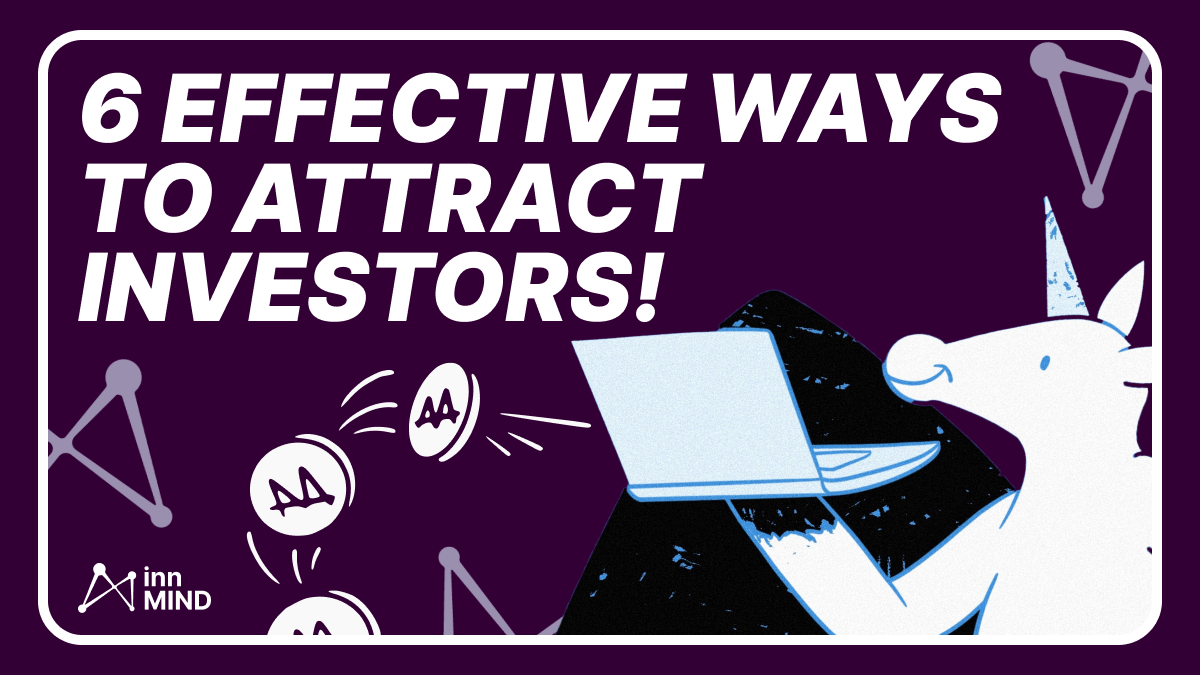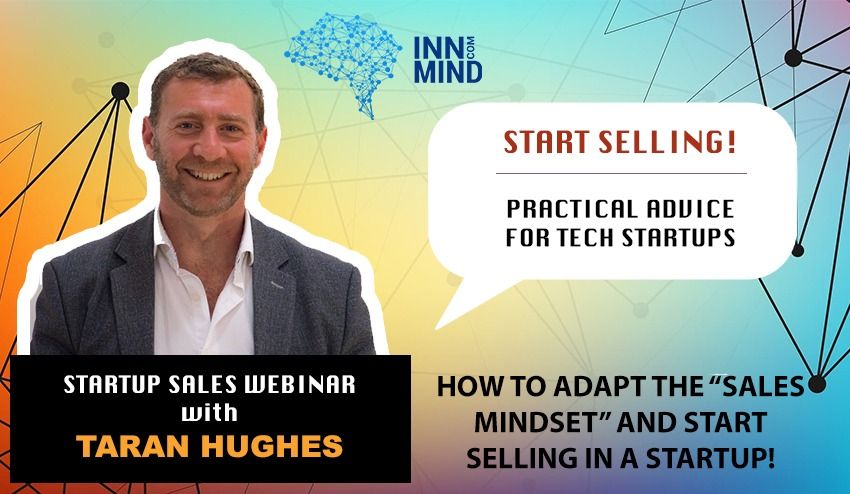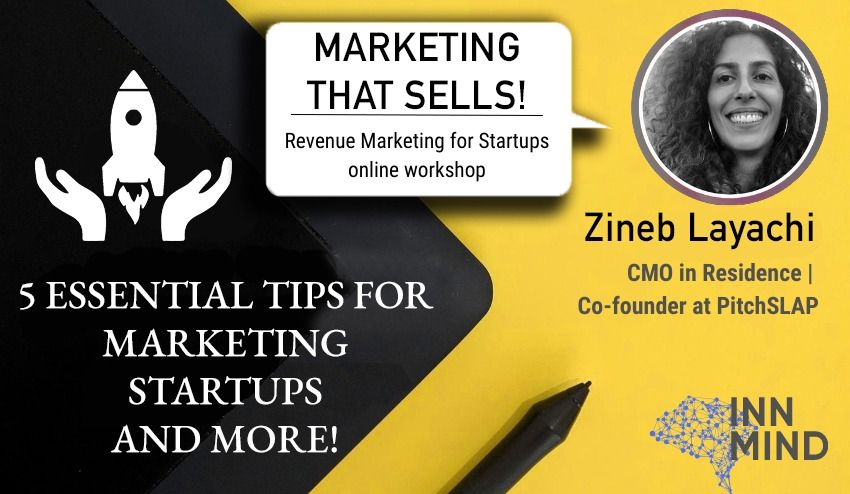6 Effective Ways To Attract Investors For Early-Stage Startups

Having amazing ideas on how to level up your small business is sometimes not enough for its growth as those ideas often require financial investments that go beyond our limits. In this article learn how to attract investors to support your efforts.

UPD: last updated on December 20th, 2022
Securing additional sources of financial capital is a prerequisite for growth for small companies. A common way to supplement the company's monetary assets is to find outside investors. These individuals (or groups of individuals) are looking to invest their funds in promising business enterprises, in hopes of getting a sizable return somewhere down the line. While they have money to spend, getting them to support your company instead of hundreds of others is not an easy task. Not an impossible one, however.
There is a number of ways through the use of which you can increase your company's odds at landing a lucrative investment deal. Some require you to be persuasive, others involve presenting concrete evidence. None of them can convince on their own, but by using them in unison, your company will have a reasonable shot at acquiring the funds it needs to reach its full potential. So without further ado, here is our list of 6 ways to make investors see the attractiveness of your idea.

Practice Your Pitch
Before you start discussing your business proposal with potential investors, you first need to get their attention. This is where the Elevator Pitch enters the stage. It's business-speak for a short, succinct summary that takes the length of an elevator ride to present. The goal of an elevator pitch is to pique someone's interest enough to say "That's an interesting idea!", nothing more, nothing less. Often this means skipping on details, and focusing on a single concept such as 'social network for rock music fans' or 'make-your-own-pizza restaurant'. Once you have their attention, you can move on to schedule a meeting and have a real discussion.

Present Market Research
The first step of showing that your small company is worth investing in is to present the market it will be competing in. Unless your company is planning to start a whole new industry, chances are there are other companies which offer similar services to what you're proposing. Your goal here is to show that you know who your key competitors are, what are the service standards, what the size of the industry is, and anything else that portrays you as an expert in the field. You can find the market research and competition analysis templates on InnMind document templates section.

Outline a Business Plan
After establishing what kind of marketplace environment you will be operating in, it is time to showcase your business plan on how to enter it, and what you're going to do once you're there. You shouldn't take this plan as being set in stone, but it has to be concrete enough to offer a picture of where the company will be heading. A five year plan is a good place to start, focusing on details for the first year, and becoming more general as you go along.
Specify Financial Details
This is the part where the money comes into the picture. Investors can be convinced that you have something going there, but what actually matters to them the most is how much money they can make on the investment. That is why you need a good financial model. Be sure to describe the revenue model in detail, outline the expected costs, give profit predictions based on market research, and in general prove that your company can spend their investments well. Hiring professionals in creditors voluntary liquidation to do an independent review of your financial solvency is a good way of showing confidence as well.


Sell Your Product
Convincing investors that you are a savvy businessperson is only a part of the battle. Investors are ideally looking for opportunities that have the potential to shake up the marketplace. You have to show them what exactly makes your product or service different than all others, it's a unique selling point. "Easy to assemble designer furniture" won't work for example, but "easy to assemble designer furniture at half the production cost" might. The point here is not to show how clever or original you are, but to find the smallest possible difference that makes a difference.

Find Your Audience
Your idea might sound good on paper. It might even translate well into a product or service you can sell. But without an audience to sell it to, it is effectively worthless. Investors know this very well, and they will stop listening to you if you can't point to an audience you plan on targeting. Hopefully, you have done your market research well and found out that there are indeed people who are willing to pay for similar services. This is only the first part. Next, you need to outline a strategy on how you plan on reaching this particular audience. It is not enough to put out a product, and hope people will come on their own. In other words, you need to prove that you know how to market your product to people. Focus on your marketing strategy and start marketing your product as early as possible.

Conclusion
Taking the aforementioned steps can significantly increase the odds that investors will find your business worth investing in. While there are no guarantees they will decide to support you, adopting the tactics outlined above are sure to put you ahead of the competition.
Value Your Business Like a Pro with InnMind
You don’t need to pay for a consultation or wait to receive the results in your mailbox: answer 10 questions online and get your startup valuation immediately - it’s that easy, fast and forever free - STARTUP VALUATION CALCULATOR
Subscribe to InnMind
Subscribe to InnMind using the links below to stay up to date with upcoming events, releases, and news from the Web3/Cryptocurrency/NFT/Metaverse world of startups and investment funds:
Website | Twitter | Telegram | VC Pitching Sessions | Youtube | LinkedIn







